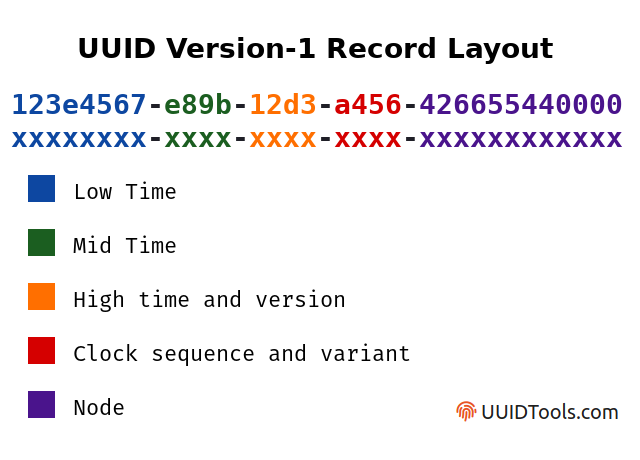Integra Identity Basics
Getting started with Integra is very unique in the sense that there is no sign-up for an account like typical API offerings and a few other steps needed than a blockchain ID like with cryptocurrencies.
Identity Overview
The first step in getting started with using Integra's blockchain is to create a public identifier, which will be associated with the public key and will be referred to as Integra Identity moving forward. Similar to cryptocurrencies, the public identifier is how others know which account to send or receive crypto to or from, Integra uses the public identifier to allow users to verify the digital signature of the hashes of the documents recorded on the blockchain. Unlike other API providers, the retrieval of your identity, and associated private key, are not recoverable is lost, there is no central database with account information if the private key is compromised and or the passphrase encrypting the private key is lost, the Integra Identity will be no longer able to write transactions to the blockchain.
Identity Creation and Registration
Simple Identity Creation
Ensure to complete the guide before registering identity
There are concepts explained in later sections, of this guide, that will be useful to familiarize yourself with when creating your identity, such as Attestations and Integra Smart Identity Documents.
The easiest, and fastest, way to get moving forward with an Integra Identity is by going to https://identity.integraledger.com and simply signing up for an Identity. No details are collected, and or stored when signing up for an Identity. There will be a passphrase that will be required and should be kept in a safe and secure location for recovery later, in order to encrypt the private key stored in the Integra Smart Identity PDF. More details will be discussed about the Integra Smart Identity PDF later in this Guide.
- Click the "Proceed to Identity Creation" button.
- Take note of the IntegraId, this will be your public identifier. Enter a passphrase and DO NOT LOSE this passphrase as there is no way to recover it. Click "Generate your Integra Smart Wallet" button.
- Confirm the passphrase to complete and download the Integra Smart Wallet.
- Complete attestation verifications that will strengthen your identity when hashing documents (please read Attestation Smart Documents later in this guide before you complete this step).
Passphrase Suggestions
The passphrase can simply be a single word or the combination of several words, such as "yellow sandwich swim dog football travel". The more complex the passphrase, the more difficult it will be to decrypt the encrypted private key.
Once the first 3 steps are completed above, the Integra Identity will be created. Please complete reading the entire Getting Started to ensure a complete understanding of attestations and identity are obtained.
Adding Identity to Existing Applications
This section will show developers how to create Integra Identities and how to use these identities in existing databases for adding the blockchain authentication layer to existing applications.
The code to actually create an Integra Identity is very standard, it is as simple as creating a UUID or GUID in any programming language. A UUID (Universally Unique Identifier), also known as GUID (Globally Unique Identifier) represents a 128-bit long value that is unique for all practical purposes. Below is an example of what an UUID version 1 looks like and represents:

Visual representation of UUID.
Here is the code for creating a UUID in several common programming languages.
const integraId = uuidv1();
UUID integraId = UUID.randomUUID();
Guid integraId = Guid.NewGuid();
For existing applications, that already have existing users, the easiest way to use this Integra Identity is for it to be placed in the Users table/collection in the database as a new field for each corresponding user that will allow it to be retrieved later for the user who is currently logged into the system for hashing, digitally signing and encrypting information.
The next section, Public and Private Key Pairs, in this guide will continue with how to register the identifier on the Integra blockchain so it will be registered correctly according to specifications.
Updated over 2 years ago
